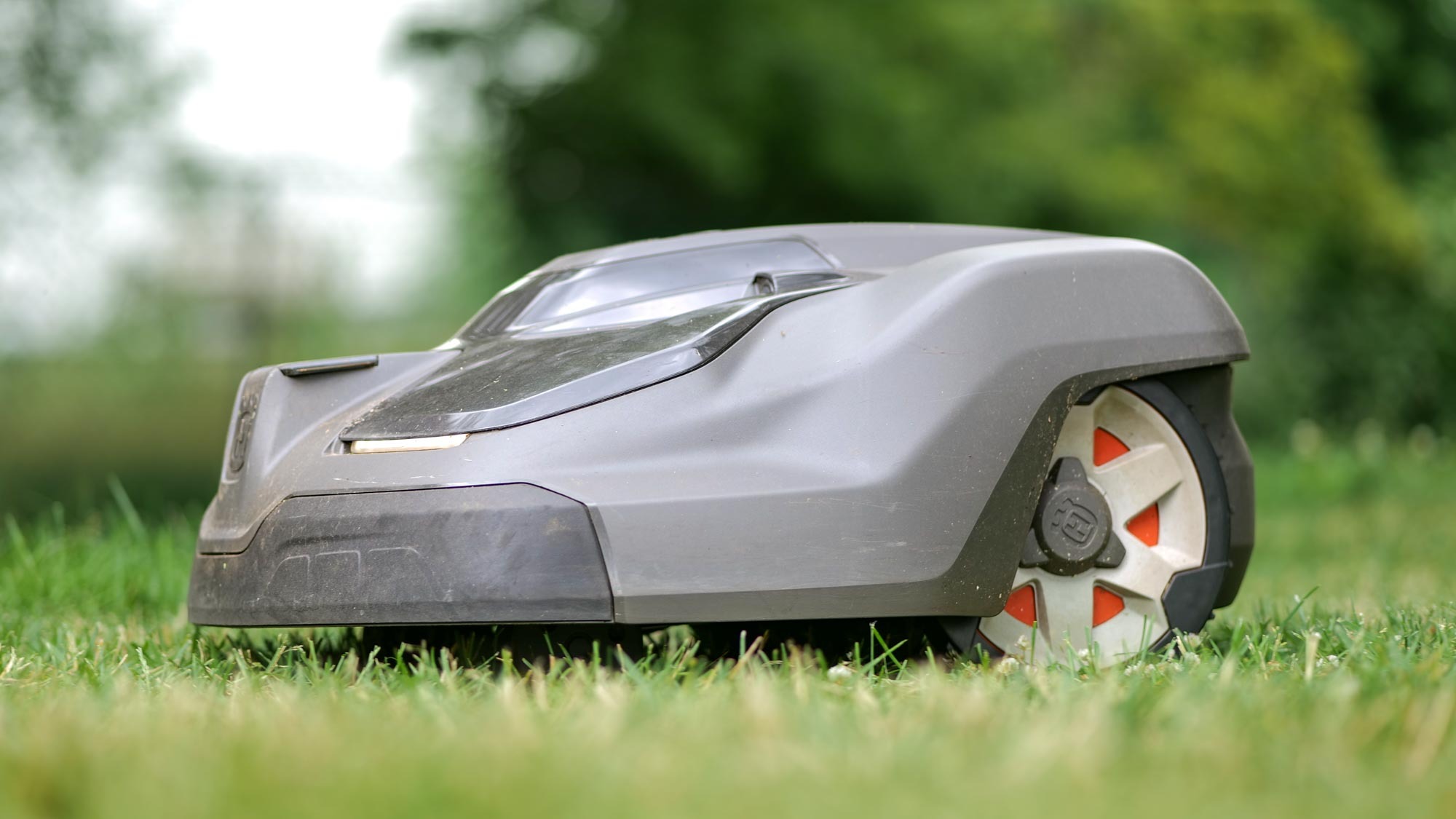
I bought my first home last year and I was in for a surprise during my first summer. That’s because I wasn’t prepared for all the lawn maintenance I needed to keep up on, so that it didn’t look like it was an abandoned piece of property filled with gnarly weeds and tall grass. So, I ended up getting an electric lawn mower to trim my lawn, but I soon found out about the brutal summer conditions living by the beach.
Rather than sweating and working on my weekends off, I ended up getting a robot lawn mower that did all the hard work for me — and I haven’t looked back. One of the last frontiers of the smart home centers around the yard, with robotic lawn mowers often still perceived by many as new technology. I fully know the valuable assistance other robots in the home offer, like how today’s best robot vacuums can empty themselves after each session, but the yard and surrounding areas of a home present greater challenges.
In recent years, however, there have been greater advances with robot lawn mowers — giving homeowners a more defined answer to whether or not robot lawn mowers are worth it. After using one for over a year now, I can confidently say they serve their purpose well in saving me time.
Installation without a professional
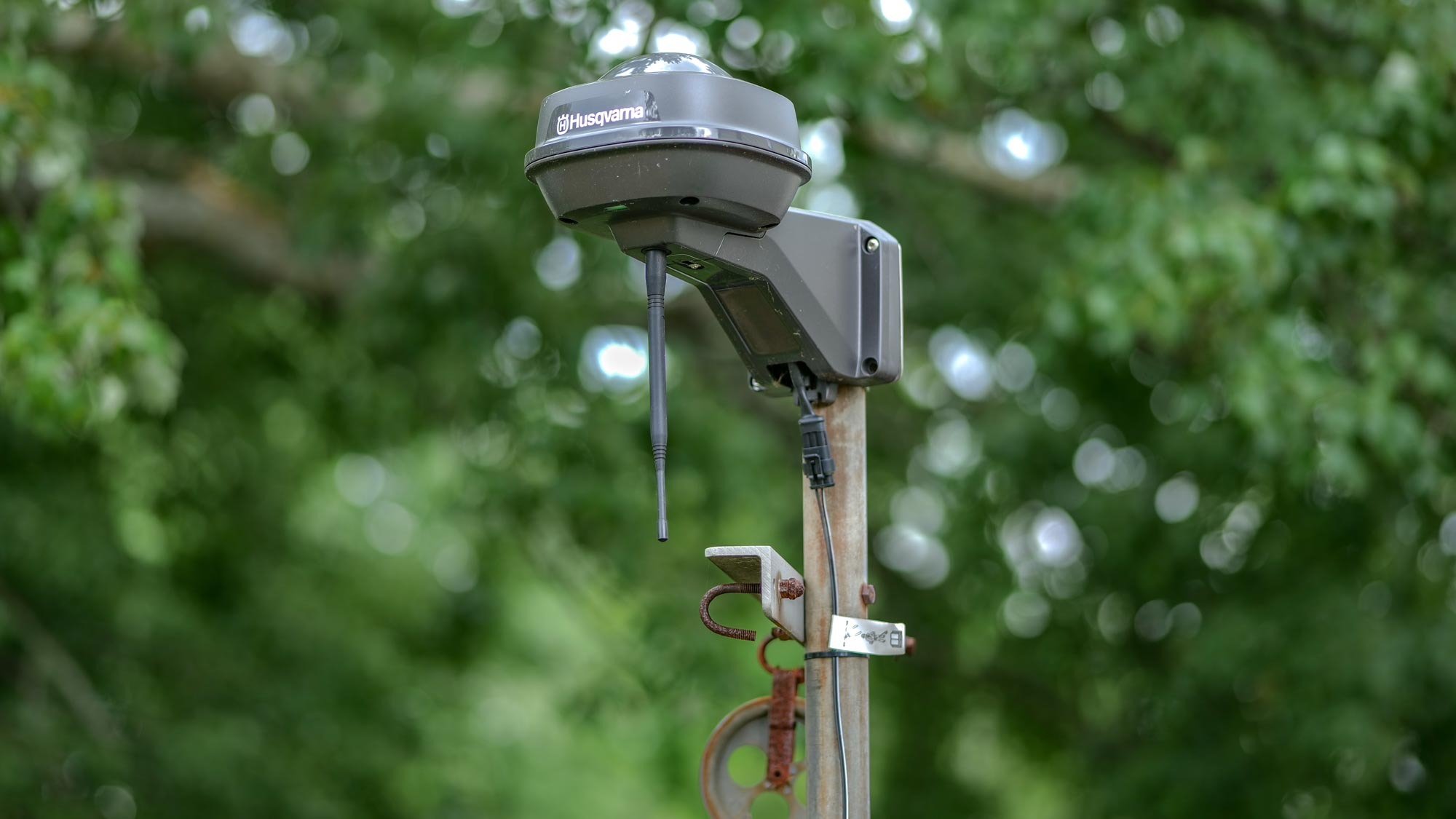
I first reviewed a robot lawn mower back in 2021, and while I was excited about the prospect of a robot doing all the lawn work for me, it exposed many challenges about using one. First of all, they often required professional installation, which often came with an additional cost because boundary wires were needed to be installed throughout your lawn. These boundary wires help to establish the areas where a robot lawn mower could cut, often installed below the ground.
However, the technology has gotten much better since then — to the point that you don’t need a professional to install one. In my Husqvarna Automower 450XH EPOS review, I mention how it ditches the pesky boundary wire installation for a wire-free installation because it leverages EPOS (Exact Positioning Operating System) to precisely know its location in relationship reference station, and the overhead satellites.
Even though you can still opt for professional installation, this wire-free setup makes it much more streamlined and easier for anyone to do themselves.
Smarter, more professional cut
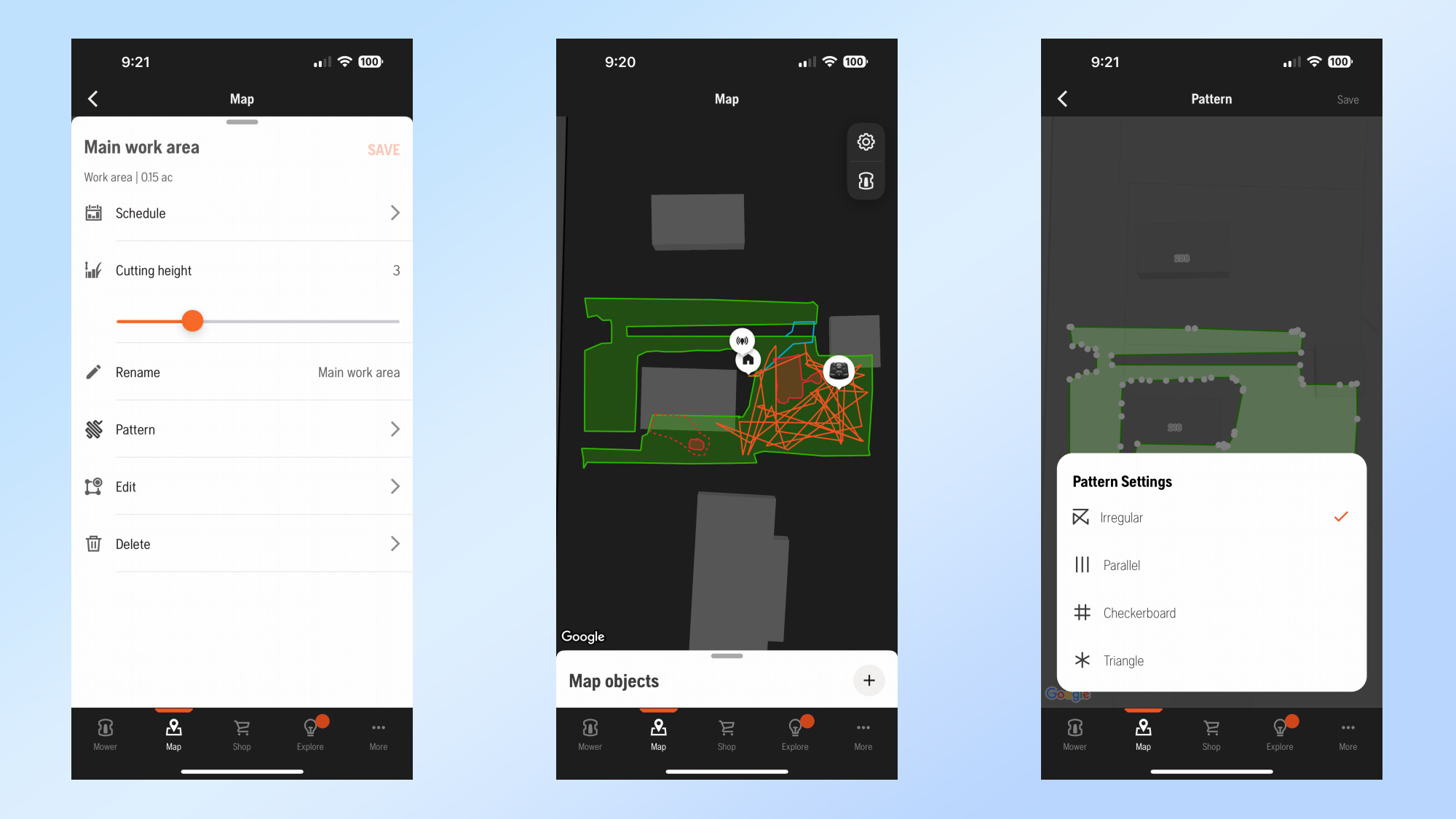
Another major roadblock that early robot lawn mowers faced was how they were not as efficient with their cutting. Similar to the early days of robot vacuums in the home, these lawn mowers aimlessly cut grass in a random pattern. But that’s no longer the case with today’s best robot lawn mowers.
In fact, they can now cut in straight lines and other fancy patterns that make it look like a professional landscape company has done the work. With my Husqvarna Automower 450XH EPOS, there are options for different cutting patterns such as parallel, checkerboard, and triangle. Since it relies on GPS-assistance to establish boundaries, robot lawn mowers are far more efficient at cutting lawns than ever before. However, there’s still the challenge of avoiding obstacles.
Better obstacle avoidance and collision detection
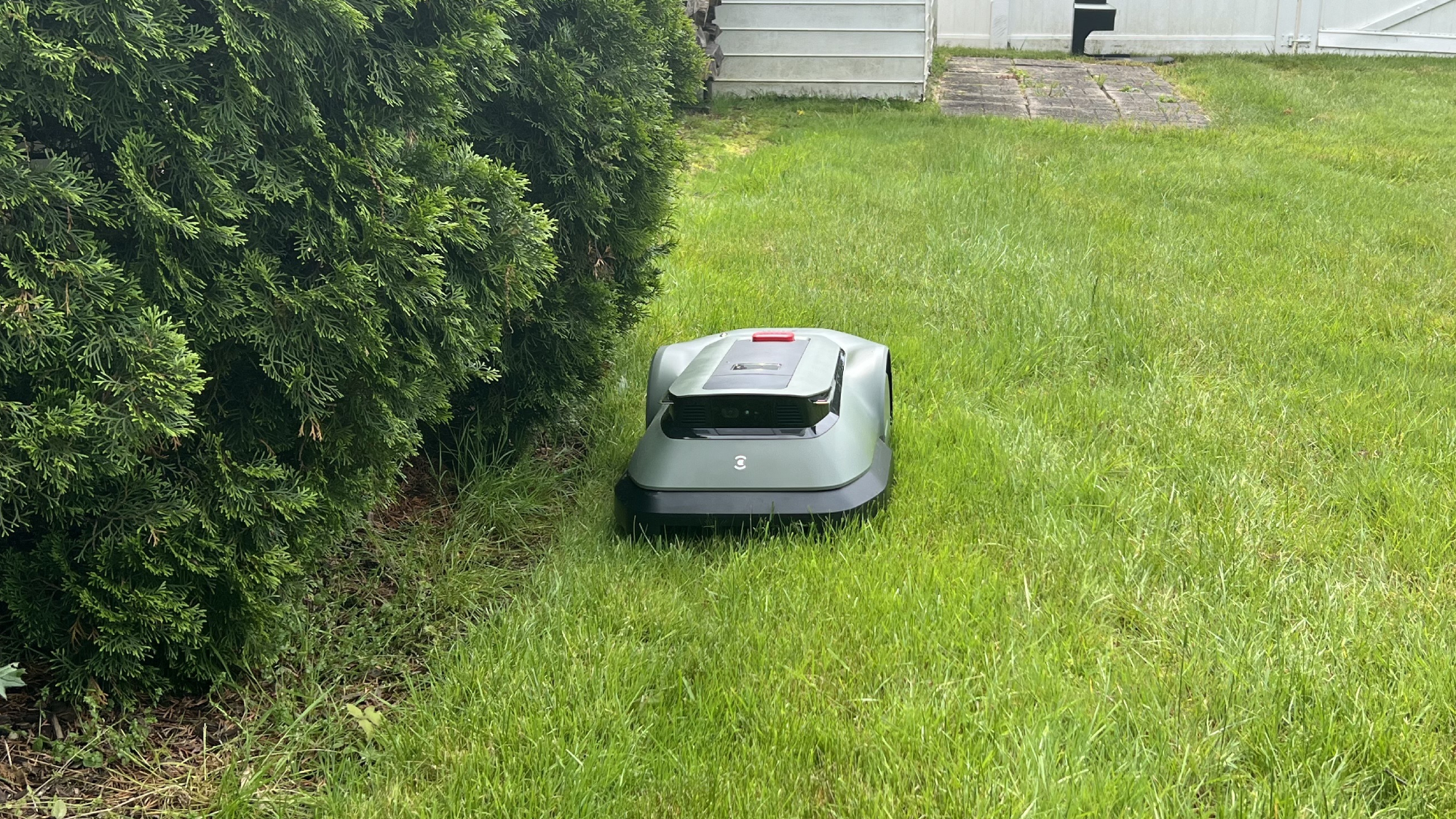
There’s a close relationship in the technology used by robot vacuums and robot lawn mowers. Lidar, radar, cameras, and other sensors gave robot vacuums better obstacle detection and avoidance for a good while now, making them more reliable, but this is still an area opportunity for robot lawn mowers. Despite its efficient cutting, the Automower 450XH EPOS I’ve been using for over a year lacks the vision to avoid obstacles. It will actually bump into the obstacle, which would then force it to back up and adjust its path.
Newer robot lawn mowers are already being outfitted with better obstacle detection and avoidance. My colleague, Hunter Fenollol, recently tried out his first ever robot lawn mower — the Ecovacs GOAT GX-600 — and it doesn’t suffer from the same issue as my Automower 450XH EPOS. That’s because it leans on ToF (Time of Flight) and visual sensors to give it the necessary vision to intelligently avoid stuff. Based on his experience, it seems to have solved this problem.
They’re still expensive, but getting cheaper
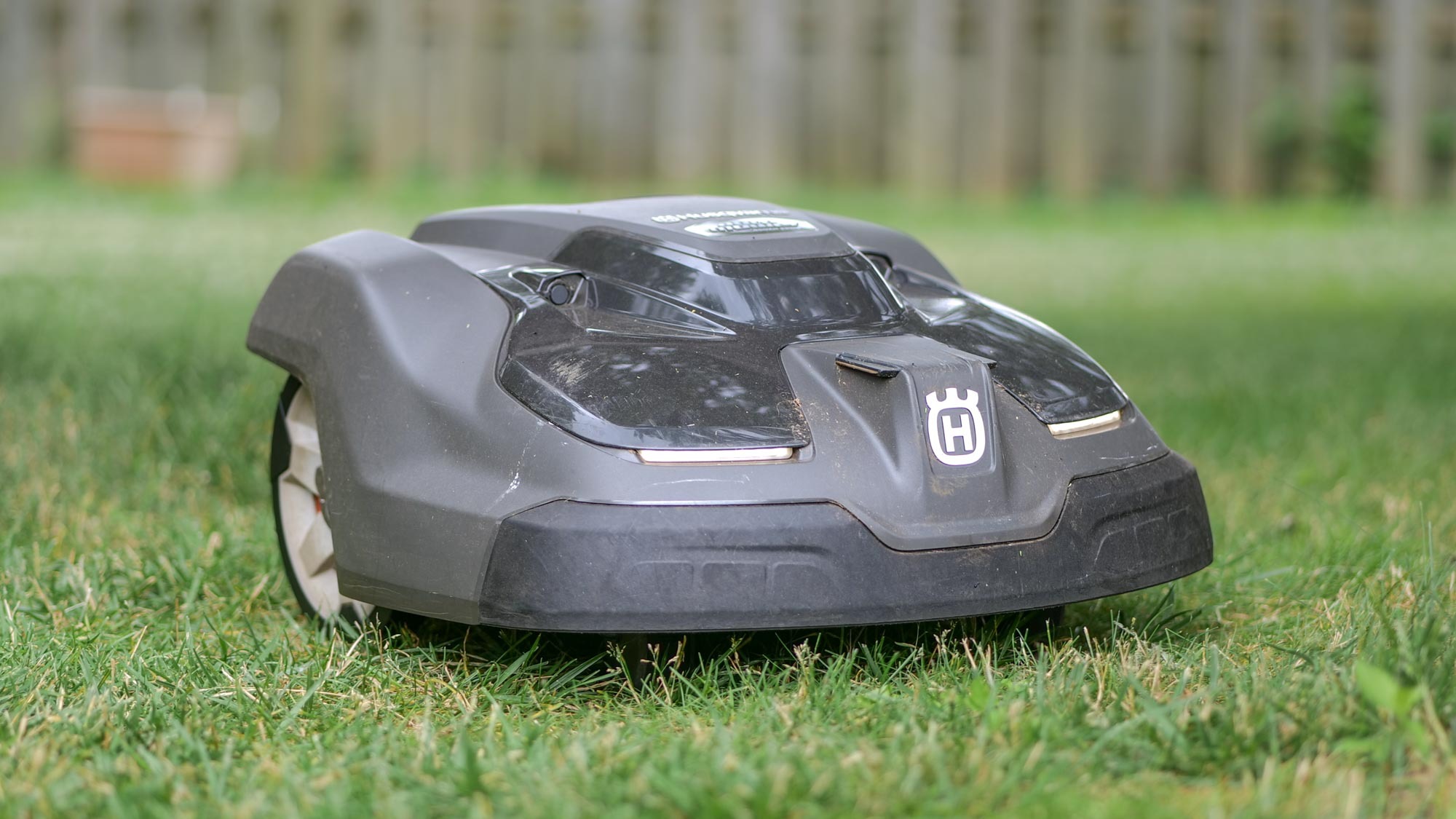
Even though they’re not as prevalent, demand for robot lawn mowers is rising with a compound annual growth rate (CAGR) of 12.50% through 2034 according to a recent report. They don’t come cheap, often costing thousands of dollars for just the hardware. Much like any new technology, the adoption rate is largely driven by early adopters who can afford it — but that’s changing.
The robotic lawn mower market is primarily dominated by Husqvarna, Robomow, Honda Motor Company, and Robert Bosch. With newer entrants coming to the market, the competition will help to drive down costs and make them more affordable to the masses. Again, this trend will follow what robot vacuums faced early on, but that the technology has improved and there’s more to choose from, the best cheap robot vacuums fetch for as low as $200. That’s a contrast to the $1,000+ prices from several years ago.
Of course, robot lawn mowers serve their purpose in saving us time — a fundamental principle that all robots for the smart home share. I would rather spend my free time and weekend doing other things than toiling away cutting my lawn. And so far, I’ve been able to do that for the last year.







